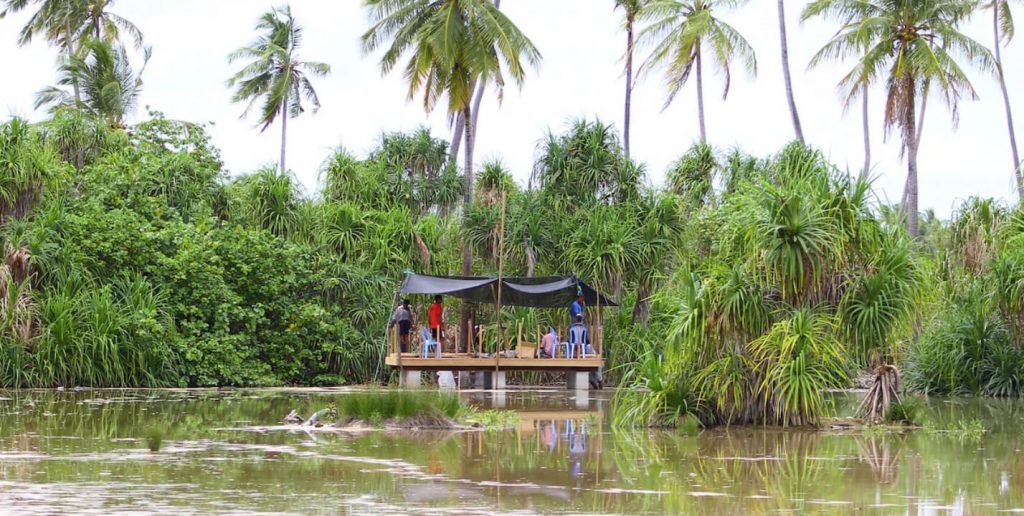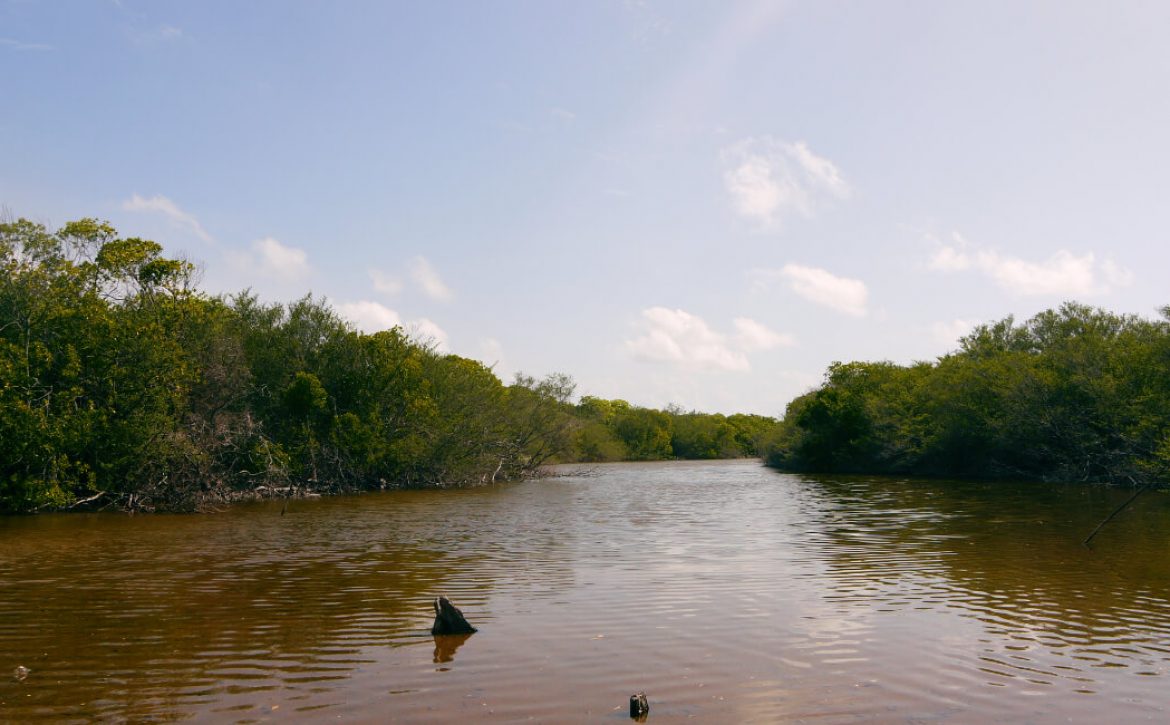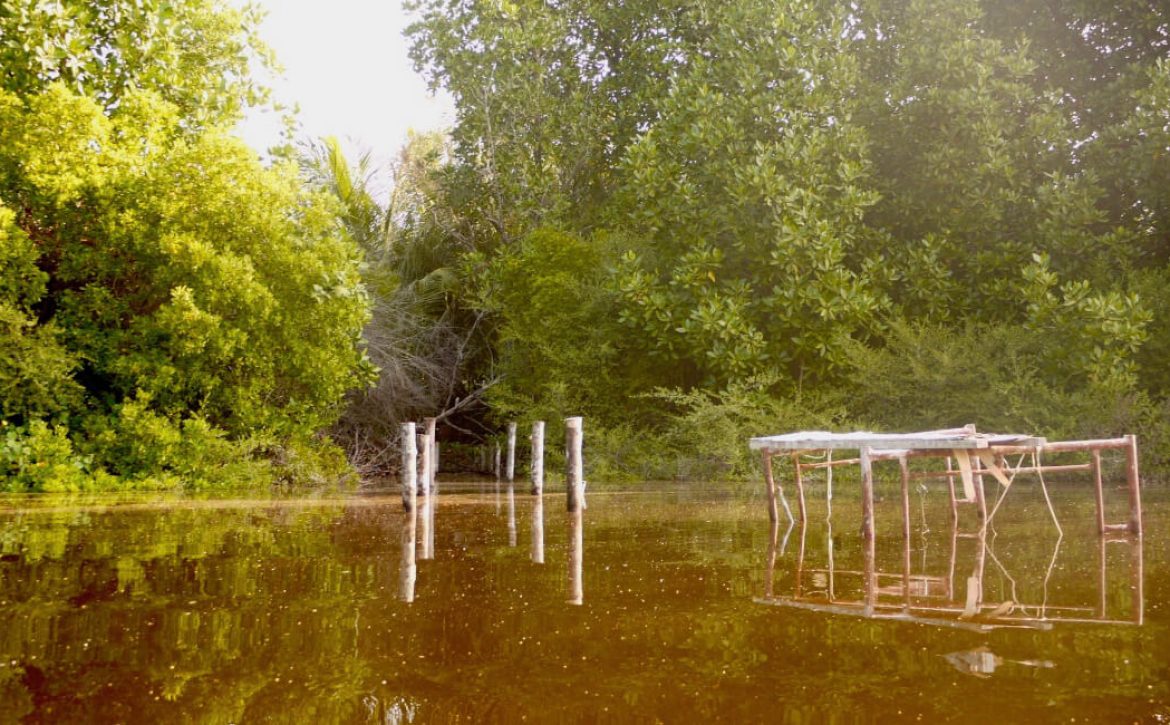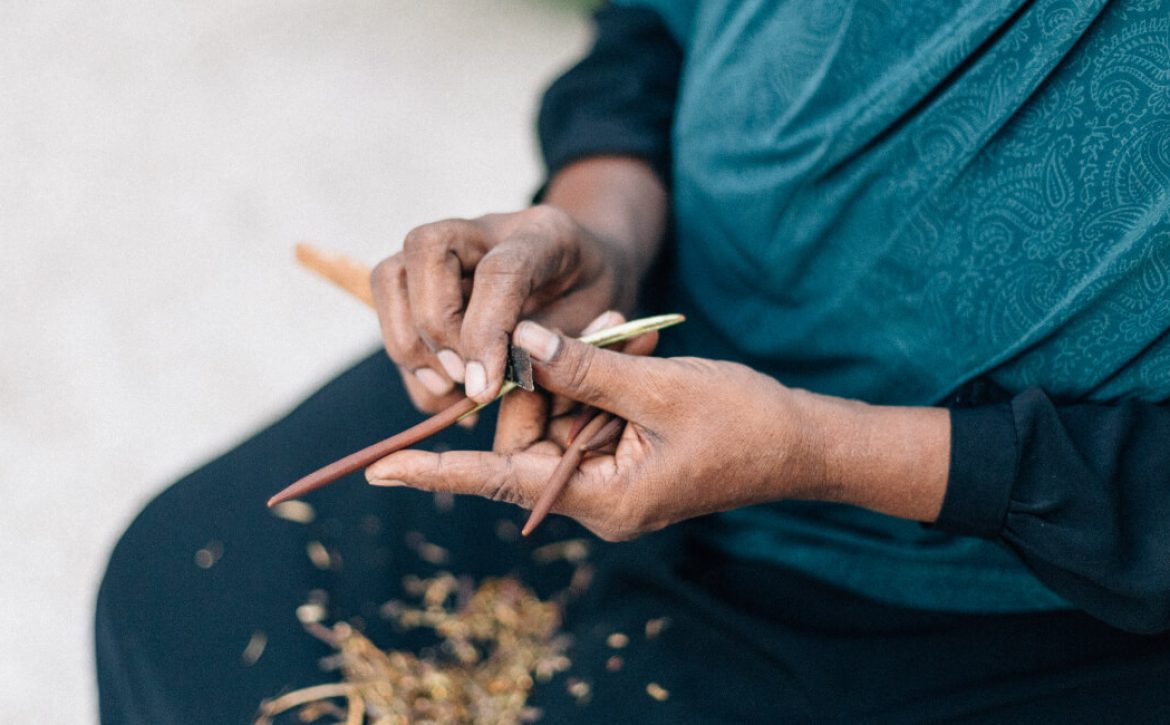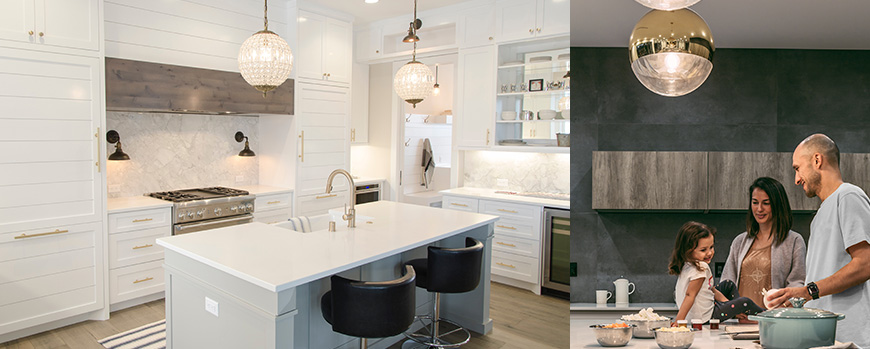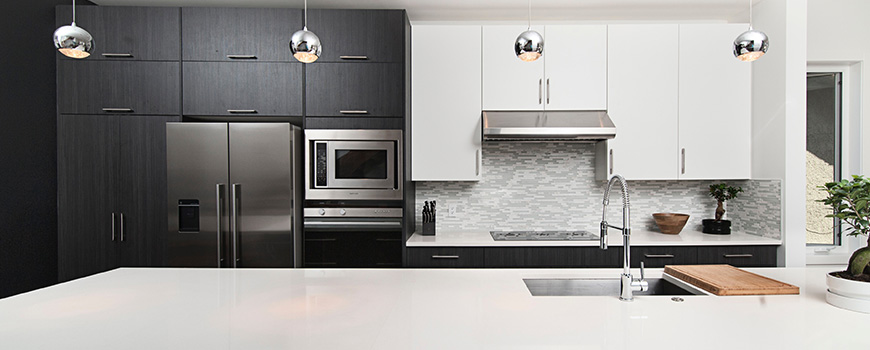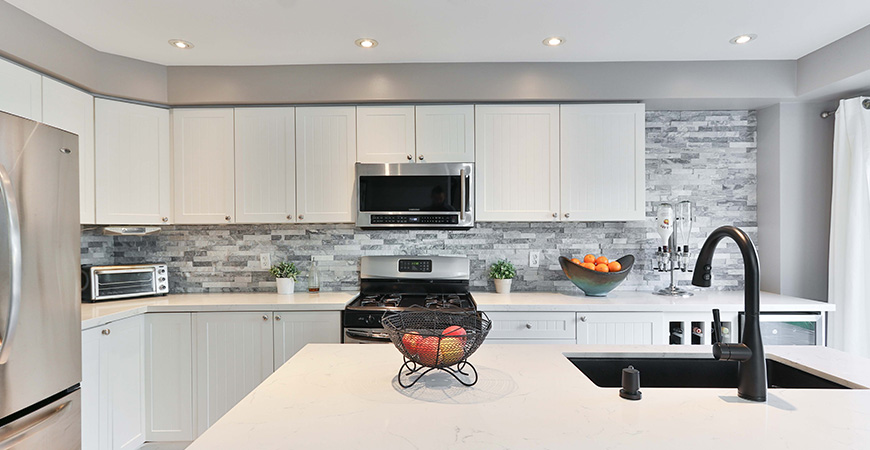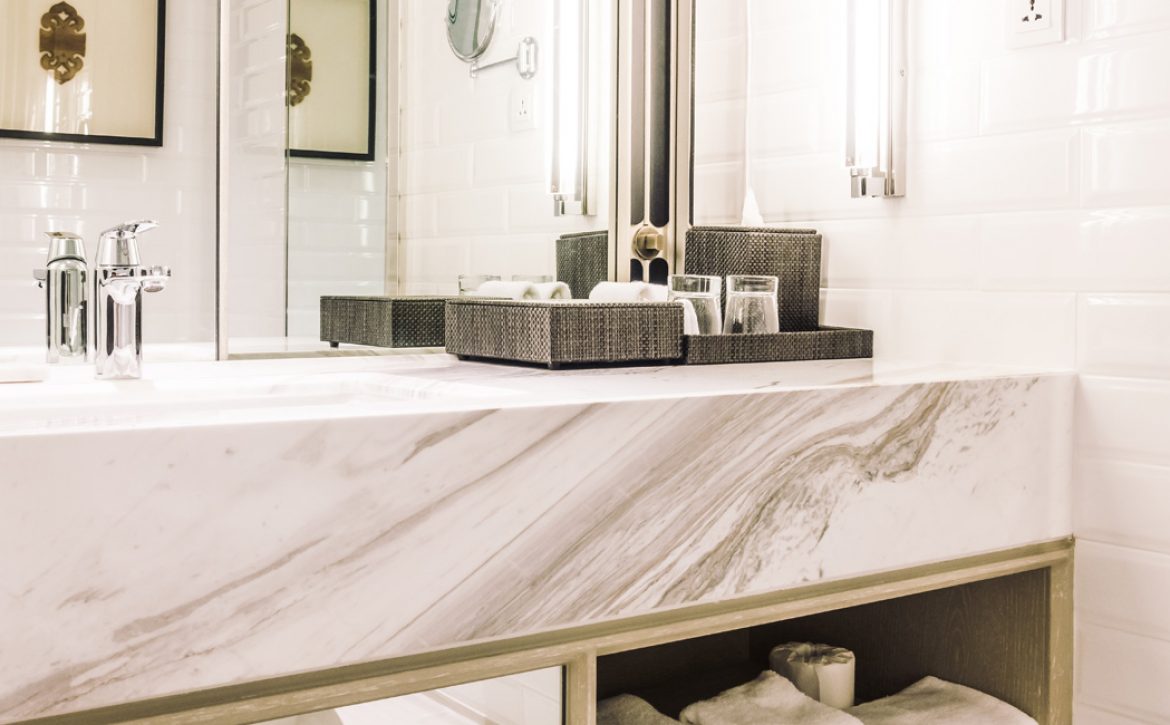Reyre fengandaa is named after the bird Reyru (Garganey, Anas querquedula), which is a species that used to be abundant at this site.
Reyre fengandaa has two dominant mangrove species: Kan’doo (small leafed orange mangrove, Bruguiera cylindrica) and Burevi (Black mangrove, Lumnitzera racemosa). We were also able to spot newly planted Bodavaki (Oriental Mangrove, Bruguiera gymnorrhiza) species that seemed to be thriving.
Some of the Kan’doo trees we surveyed are quite old, with the oldest one measured having a tree trunk circumference of 950 mm and the tree height being between 6-7 m. Similarly, we spotted some very old Burevi trees – one with a trunk circumference of 700 mm.
At this site, a 10 x 20 m lake area without trees is present near the shoreline where the water level is 1.4 m deep. A thick layer of clay rests at the bottom, which creates a suitable environment for the significant amount of tilapia (futumas) found here. The clay at the bottom gives the water a murky quality which allows fish like tilapia to hide effectively from predators. Interestingly, Tilapia happens to be an invasive species to the Maldives, introduced as recently as 1964 by a Japanese research vessel that brought it from Sri Lanka as a bait fish. Today tilapia is widespread across the Maldives, especially so in mangrove ecosystems.
On top of the clay layer, we were greeted to the sights of many baby snails and crab holes. We were able to also spot a few crabs, ready to defend themselves and their positions.
During our time there, we rarely spotted any birds. The few that we spotted include huvadhoo raabondhi (Maldivian Pond Heron, Ardeola grayii (phillipsi), dhivehi kanbili (Maldivian water hen, Amaurornis phoenicurus) and hens and chickens. When speaking to locals of Gdh Hoadedhoo, they recounted a time just a few years ago when local birds were abundant in the area.
Today, plastic bottles have accumulated to the central area of the mangroves, and are kept in motion by storm water.




